History of Hanoi: A Journey Through Vietnam’s Capital
Tucked down on the Red River, Hanoi is a monument of historical depth and resiliency. From its prehistoric beginnings to its elevation as the capital of Vietnam, Hanoi has seen the rise and fall of civilizations, invasions, and revolutions. Let MOTOGO Tours dive into the history of Hanoi and discover how it became the heart and soul of Vietnam.
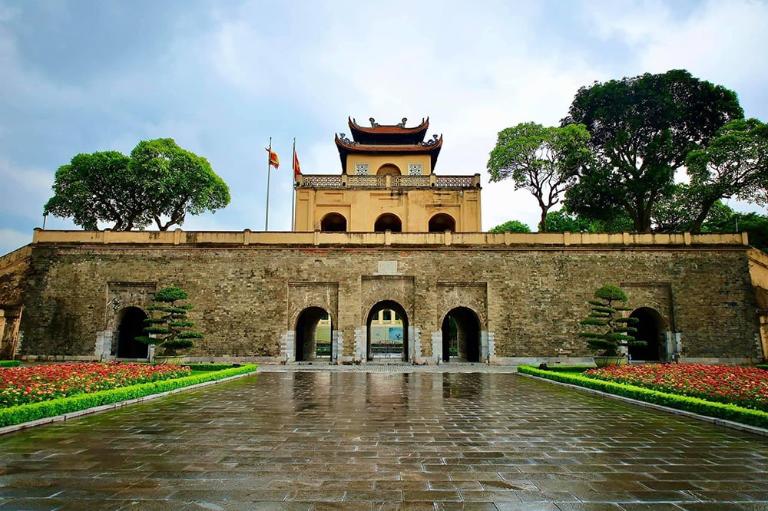
History of Hanoi: The Thang Long Period (1010 – 1802)
The narrative of ancient Hanoi starts in the Thang Long period, a transforming time in Vietnamese history. When the Ly Dynasty’s founder, Emperor Ly Thai To relocated the capital from Hoa Lu to Dai La, the year 1010 became a turning point.
The Ly Dynasty: Establishing Thang Long as a Cultural Hub
Legend holds that Emperor Ly Thai To saw a golden dragon rising into the heavens while scouting Dai La. Reading this as a positive sign, he changed the city’s name to Thang Long, “Ascending Dragon.” This name stands for success, might, and the city’s continuing vitality. With each dynasty helping Thang Long to grow, it became the center of political, cultural, and economic life in Vietnam for centuries.
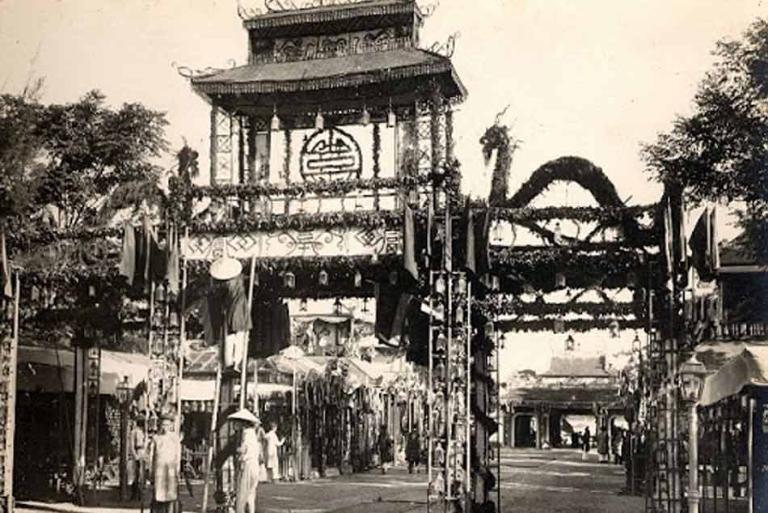
Early Thang Long identity was shaped in great part by the Ly Dynasty (1010–1225). Thang Long was painstakingly prepared under Emperor Ly Thai To, with sections set aside for military barracks, royal residences, and residential districts. The dynasty gave building temples, pagodas, and colleges—including the famous Temple of Literature, Vietnam’s first national university, top priority. Built in 1070 It evolved to represent the national respect for intellectual inquiry, Confucian principles, and education.
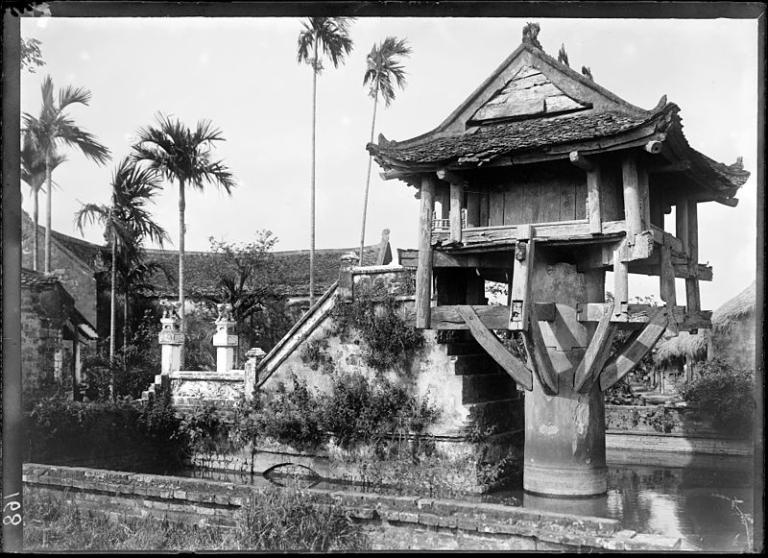
Buddhism flourished at this time and rose to be the major religion of the era. The city saw the building of significant Buddhist sites including the One Pillar Pagoda, a distinctive design meant to mimic a lotus blossom. The Ly Dynasty’s establishment of Thang Long sets the stage for it to flourish as a dynamic intellectual and cultural hub.
>>> Let’s see more: Thang Long Imperial Citadel: Explore Vietnam’s Timeless Heritage
The Tran Dynasty: Resilience and Military Strength
The Tran Dynasty (1225–1400) followed, and Thang Long kept expanding even though it had more difficulties during this era. Between 1258 and 1288, the Mongol invasions of Vietnam tried the fortitude of the city. Under military generals like Tran Hung Dao, who effectively resisted the Mongol army, the city stood strong. This era strengthened Thang Long’s as not only a cultural center but reputation also as a symbol of military might and fortitude.
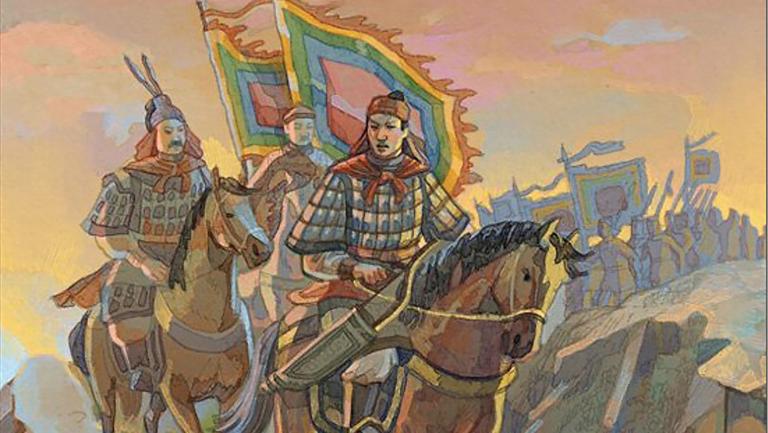
Additionally making major contributions to Vietnamese law and government was the Tran Dynasty. With the dynasty supervising an increase of the city’s infrastructure and agricultural systems, ensuring its ongoing prosperity, Thang Long remains the heart of administrative and military activities.
The Le Dynasty: The Restoration of Thang Long
Thang Long recovered its significance under the Le Dynasty (1428–1789), especially under the rule of Emperor Le Loi, who oversaw the successful Lam Son Uprising against the Ming invaders in the 15th century. Following a brief period of instability, After his triumph, Le Loi founded the Later Le Dynasty and rebuilt Thang Long as the capital, so guaranteeing that it stayed the hub of political and cultural activity in Vietnam.
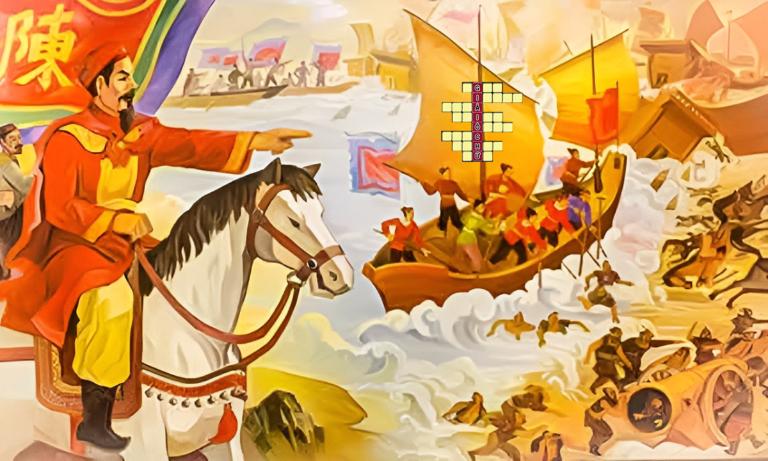
For Thang Long, the Le Dynasty offered economic development and a cultural rebirth. Confucianism replaced Buddhism as the main theory of administration, taking front stage. The system of the civil service test was improved to guarantee that academics from all around the nation may ascend to positions of authority depending on merit. Thang Long developed as a scholarly metropolis, and the intellectual life of the country still revolves heavily on the Temple of Literature.
History of Hanoi: French Colonial Era (1873-1954)
Though it was formally colonized in 1883, Hanoi’s French colonial period started in 1873 when the French initially seized the city. The French changed Hanoi became the capital of French Indochina in 1902, therefore signally changing the urban scene and development of the city.
Transformation of Hanoi’s Urban Landscape
For Hanoi, the French had a definite goal to transform it into a metropolis with European character. Grand public buildings were built, wide boulevards were created, and a contemporary administration structure was instituted. Building public parks, government buildings, and colonial-style houses, they created a French Quarter unlike the conventional Old Quarter.
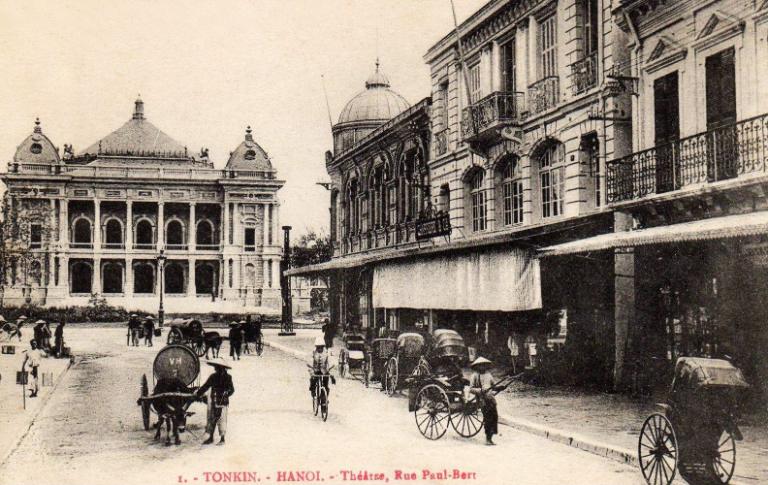
Inspired by the Palais Garnier in Paris, the St. Joseph’s Cathedral, modeled after Notre-Dame de Paris, and the Presidential Palace, the Hanoi Opera House is architectural legacy of this era. These buildings exposed Hanoi to Gothic and neoclassical forms, therefore impacting the city’s visual appeal.
Cultural and Societal Changes
French colonisation fundamentally changed Hanoi’s society and culture. French became the official language of government, and curricula were redesigned to fit European norms. French habits, cuisine, and clothing started to show up especially among the local aristocracy who embraced elements of Western culture.
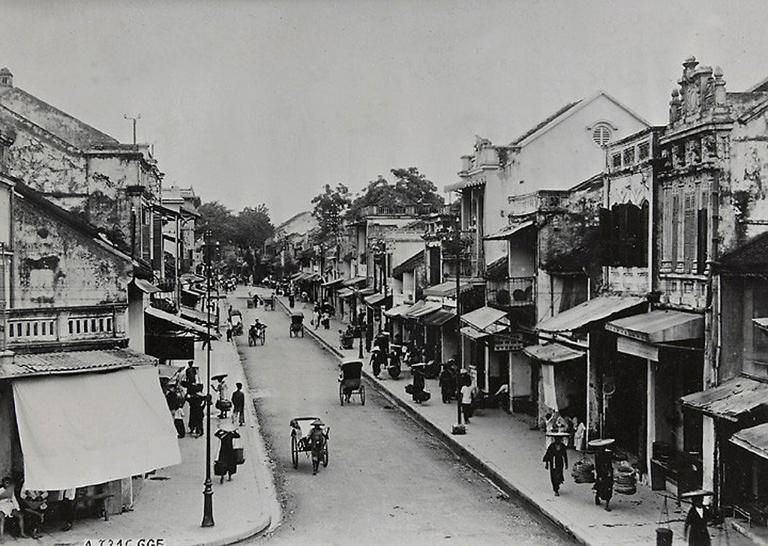
These developments, meanwhile, also resulted in sharp social and economic divisions. Although certain Vietnamese elites and the upper class of France profited from these changes, most people still battled under colonial control. Vietnamese workers were taken advantage of, and colonial monopolies and high taxes harmed local businesses.
>>> Let’s see more: TOP 14 Historical Landmarks in Hanoi to Visit on a Motorbike Tour
Resistance and the Rise of Nationalism
Even although Hanoi changed, the colonial era was also characterized by mounting resentment and Vietnamese nationalism’s emergence. French persecution combined with financial difficulties inspired resistance movements. Rising for freedom, intellectuals and revolutionaries started to gather at Hanoi, which developed into a hub for anti-colonial activity.
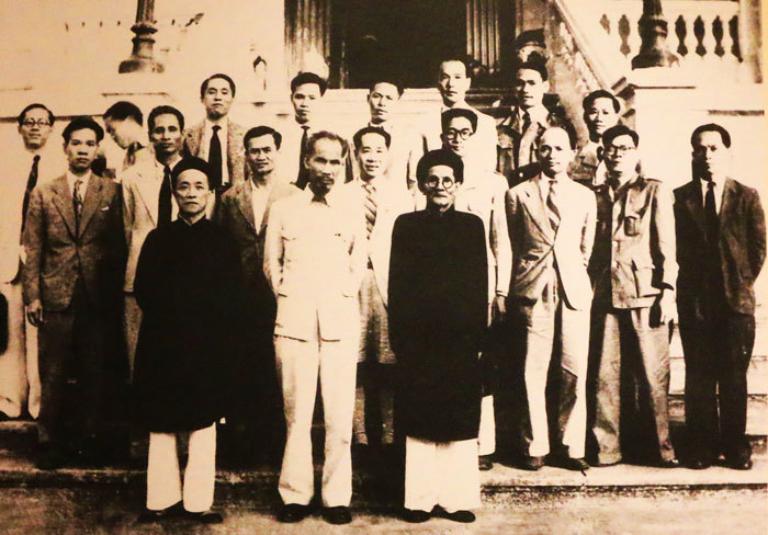
Under leaders like Ho Chi Minh, various nationalist groups emerged in the early 20th century most notably the Vietnamese Nationalist Party and the Indochinese Communist Party. These organizations established the foundation for eventual opposition against the French and then other foreign powers.
The Path to Independence
World War II produced a turning point in the colonial era. Japan leased Vietnam in 1940, but let the French keep administrative control. This double job taxed Vietnamese society even more. The war had brought the conditions fit for revolution by its finish. Under Ho Chi Minh, the Viet Minh launched the August Revolution in 1945 that effectively drove out the French; on September 2, 1945, Ho Chi Minh declared Vietnam’s independence in Ba Dinh Square.
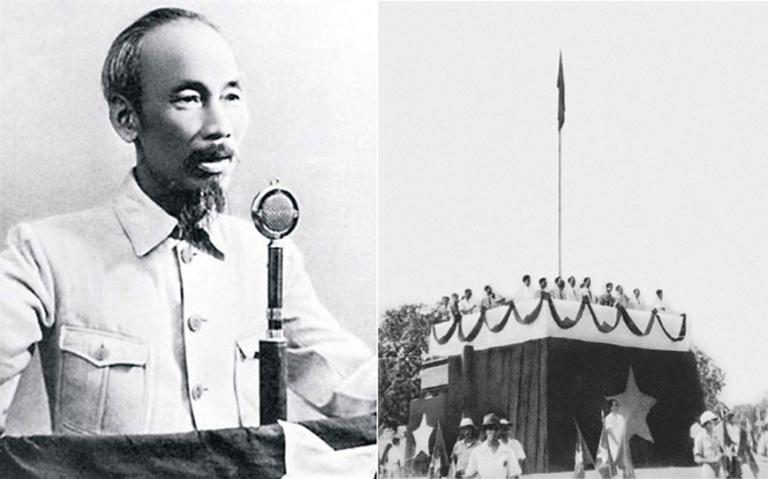
That was hardly the end of French influence, though. Seeking to restore power, the First Indochina War (1946–1954) began. With the resounding Battle of Dien Bien Phu in 1954, the war came to an end and resulted in the Geneva Accords and final French troop departure from Vietnam. Having suffered years of colonial control and strife, Hanoi became the capital of North Vietnam, therefore launching a fresh chapter in its long history.
>>> Let’s see more: Ho Chi Minh Mausoleum: A Comprehensive Guide to Vietnam’s Iconic Landmark
History of Hanoi: Vietnam War Era (1955-1975)
With Hanoi at its very center, Vietnam was immersed in a battle with great political, social, and financial consequences between 1955 and 1975. Hanoi was a symbol of the national struggle for reunification and independence in addition to a command center for military activities at this period.
The Role of Hanoi as North Vietnam’s Capital
Under Ho Chi Minh, Hanoi, the capital of North Vietnam, evolved into the political center of the communist-led Democratic Republic of Vietnam. Ho Chi Minh declared on September 2, 1945, Vietnam’s freedom from French colonial control in Hanoi’s Ba Dinh Square. Serving as the headquarters for the North Vietnamese government and military leadership, the city coordinates the tactical and strategic choices all through the war.
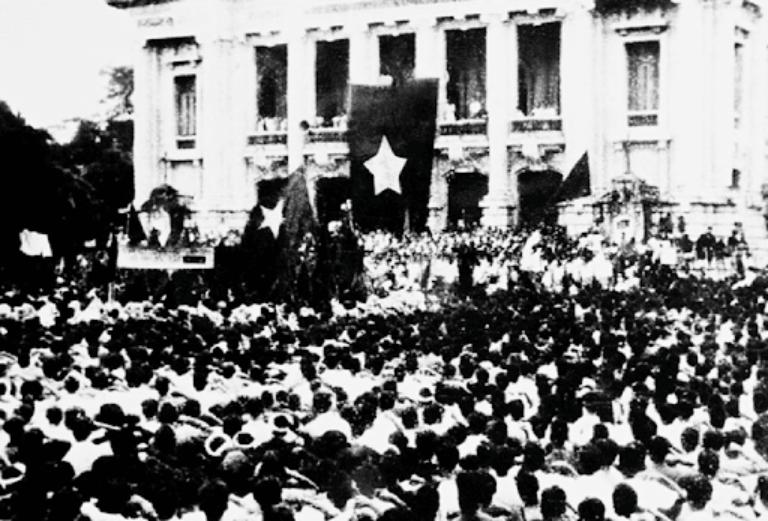
>>> Learn about Vietnam Independence Day: History, Significance, and Modern Celebrations
Life Under Bombing Raids
Particularly because of US unrelenting bombing operations, Hanoi suffered greatly during the war. Starting in 1965 and meant to destroy North Vietnam’s infrastructure and morale, the Sấm Rền campaign was among the most terrible times. Targeted frequently were bridges, railroads, factories, homes, and businesses. The people of Hanoi showed amazing resiliency in spite of the frequent bombs; they often sought cover in subterranean bunkers and carried on with daily life among the turmoil.
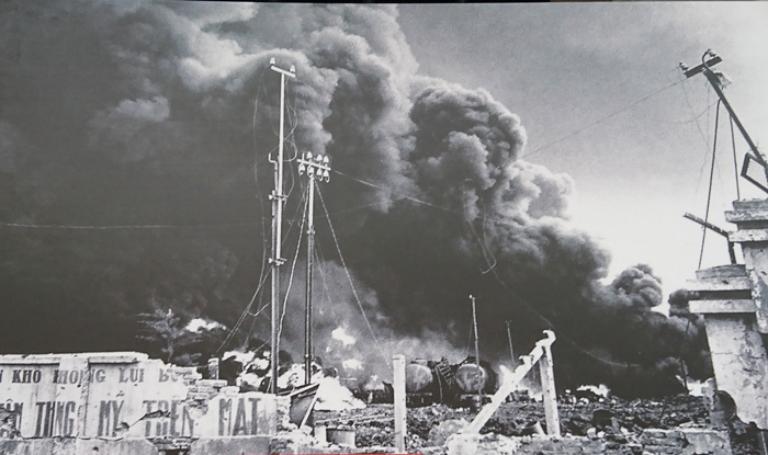
Among the most intense bombardments on Hanoi, the Christmas Bombing of 1972 U.S. B-52 bombers started a sequence of air strikes on the city over 11 days in December, resulting in extensive destruction including bombing of the Bach Mai Hospital. Originally meant to compel U.S. back-off to the negotiating table, this effort finally resulted in the signing of the Paris Peace Accords in January 1973, therefore ending direct American engagement in the conflict.
The Doi Moi Era (1986-Present)
For Hanoi especially, the Doi Moi Era—meaning “Renovation—marks a major turning point in Vietnamese history. Originally launched in 1986, this era is distinguished by significant economic reforms that turned the nation from a centrally planned economy to a socialist-oriented market economy.
Economic Reforms and Urban Development
Vietnam’s economy was essentially under governmental control before 1986, which led to stagnation, food shortages, and a dearth of consumer goods. Encouragement of private enterprise, foreign investment, and decentralizing of economic management helped the Doi Moi reforms target to release market forces. In Hanoi, this change set off a tsunami of modernizing urban growth.
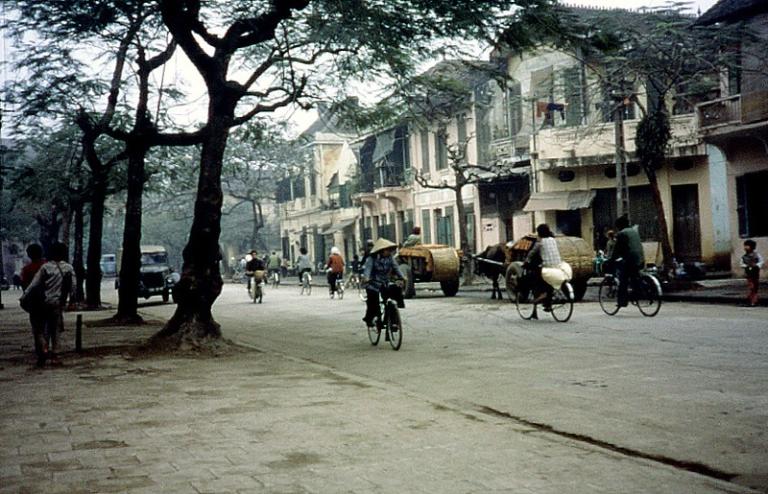
In manufacturing, services, and real estate among other areas, the city saw explosive expansion. With new hotels, retail centres and skyscrapers rising to suit the rising population and inflow of visitors, construction booms changed Hanoi’s cityscape. Once-quiet streets became humming with economic activity as street sellers and small enterprises became woven throughout the city.
>>> Article for you: Hoan Kiem Lake: Explore Hanoi’s Historic and Cultural Heart
Cultural Revival and Modernization
The Doi Moi Era also signaled a rebirth of artistic projects and cultural activities. The arts exploded with more freedom and economic stability. Along with a growing modern art scene, traditional genres including water puppetry and traditional music were revitalized. Galleries and shows featuring both local and international artists emerged, hence producing a rich cultural scene.
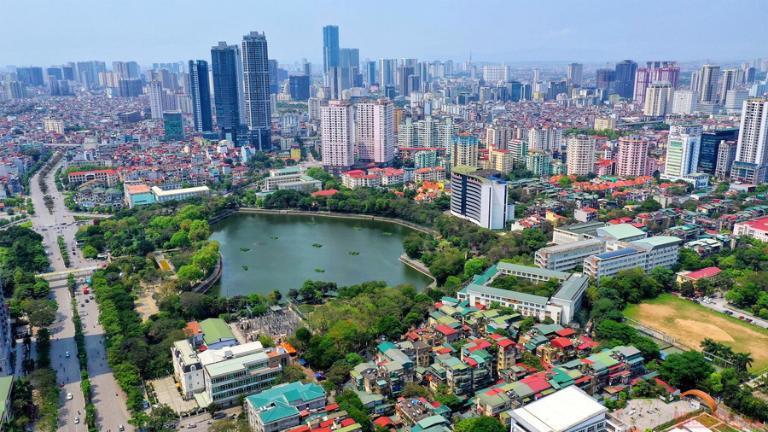
Moreover, as foreign travel grew, Hanoi’s cultural legacy became a major focus for visitors. Important destinations for tourists were landmarks including the Ho Chi Minh Mausoleum, One Pillar Pagoda, and Old Quarter, which drove the city to make preservation investments. The interaction of modern influences with traditional culture became a defining characteristic of the Doi Moi Era, so Hanoi is a special mix of the old and the new.
The past of Hanoi is one of resiliency, change, and great cultural pride. From its origin as Thang Long over a thousand years ago to its present position as the capital of a modernizing Vietnam, the city has seen many transformations, invasions, and battles, rising each time stronger and more vivid. For those who come or call it home, Hanoi is a living, breathing narrative rather than only a location.
Related posts






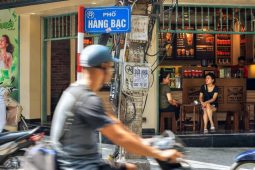
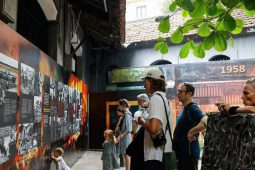
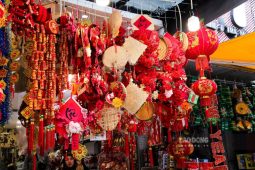
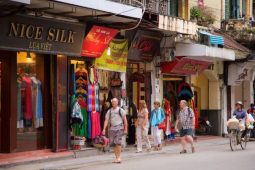
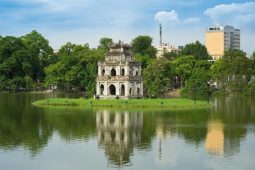
Be the first to comment!